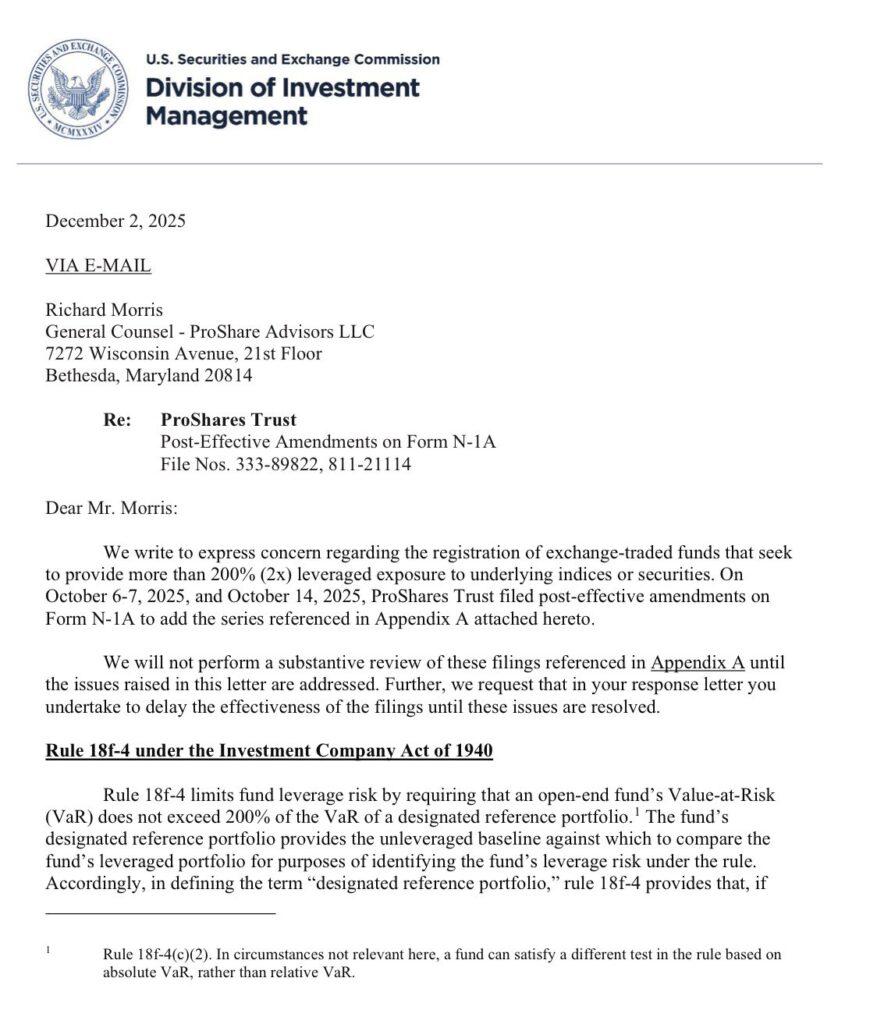Thousands of travelers are stuck at airports this weekend due to “an outside vendor technology issue” Delta said Sunday, CNN reports. “The issue extended beyond airports, with businesses, government agencies, health and emergency services, banks, schools and universities around the world grinding to a halt or seeing services disrupted due to a flawed software update for Microsoft Windows operating systems issued by the cybersecurity firm CrowdStrike,” experts told CNN.
Meanwhile, Bloomberg reports that half of major banks have an inadequate grasp of a broad swath of potential risks from cyber attacks to employee blunders. “In the confidential assessments, the Office of the Comptroller of the Currency said 11 of the 22 large banks it supervises have ‘insufficient’ or ‘weak’ management of so-called operational risk.”
After last year’s failures, “one-third of the banks [were] rat[ed] three or worse on a five-point scale for their overall management.” Three or worse? A four or five in management is essentially asleep at the switch at best or incompetent at worst.
“Operational risk is meant to cover a range of potential threats to banks beyond loans going bad or market swings causing losses. That can include anything from employee mistakes and legal troubles to natural disasters and technology snafus.” Technology snafus like say that created by Crowdstrike?
To that point, Hannah Levitt and Katanga Johnson report “The agencies said that ‘the use of third parties, especially those using new technologies, may present elevated risks’ and instructed firms on how to monitor such activities.”
The latest Grant’s Interest Rate Observer’s lead article is entitled “From ‘scarce’ to ‘ample’ to chaotic” with bank reserves the topic de jour.
The consequences of administered interest rates and a doctored money market is the subject at hand. The readers of Grant’s will soon be equipped to decide for themselves whether today’s $3.4 trillion of precautionary reserve balances are large enough to prevent a reprise of the repo-market upheaval of four years ago, when reserve levels registering $1.5 trillion were less than half of today’s. We judge that the Fed’s subjugation of the American money market makes the ideal level of reserve balances unknowable. The trouble with administered rates of interest is the paucity of information they return to the administrators.
Bankers, both commercial and central, are flying blind armed with technology that’s accident prone. As Grant’s writes, “The Fed’s in full control, which is exactly the problem.”
Full story here Are you the author? Previous post See more for Next postTags: Featured,newsletter



































